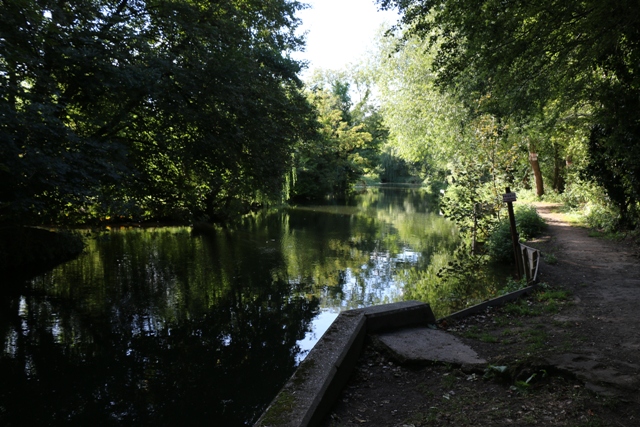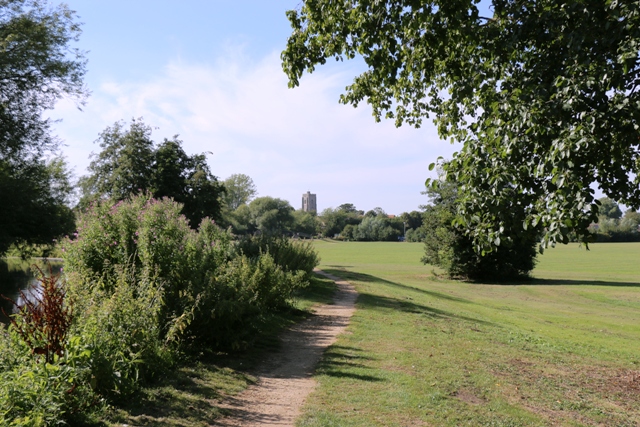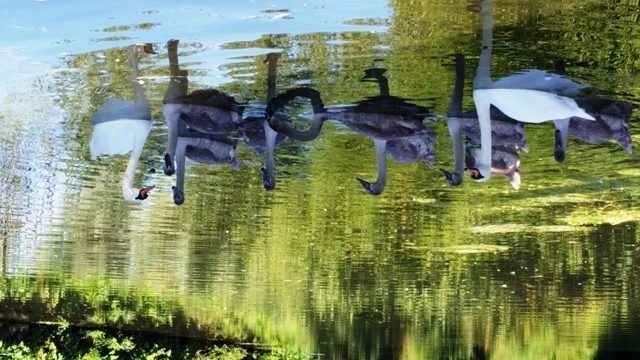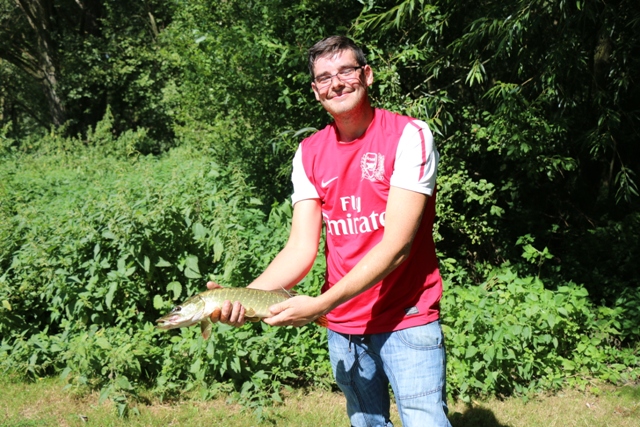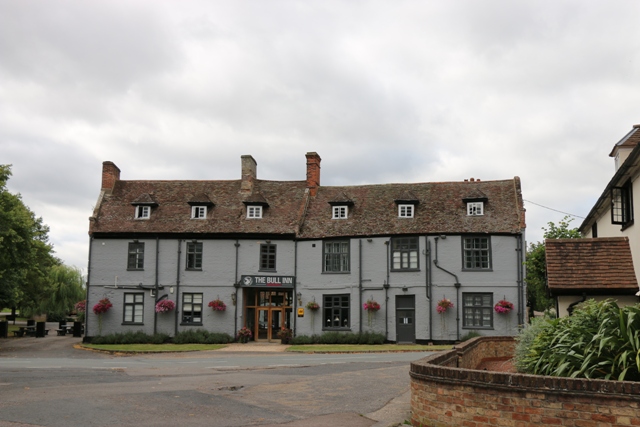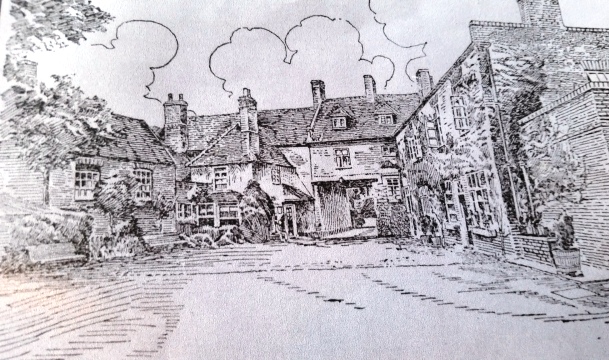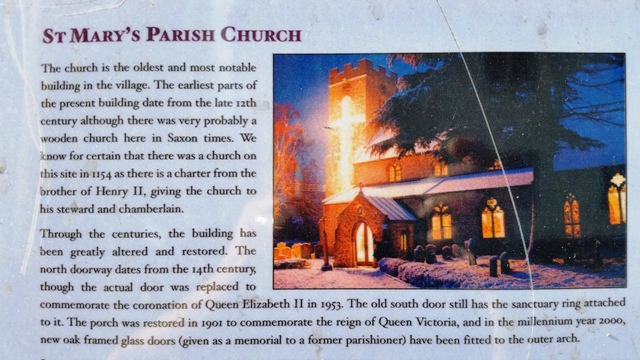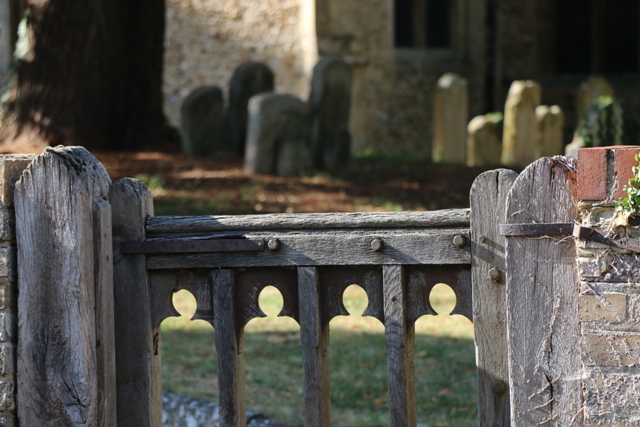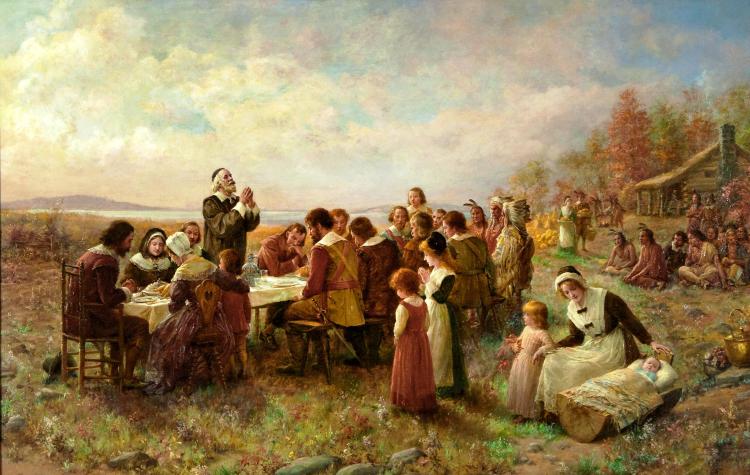[spacer height=”20px”]
[spacer height=”20px”]
On our recent trip to the British Isles, my sweet daughter-in-law spent her days training math teachers at the the Lakenheath and Feltwell DOD schools, and I – removed from my homeland without a phone or a car – discovered what really matters in life along the Lark River, a tributary of the River Great Ouse. Join me as I meander through the recesses of my mind, recalling the trip in pictures and thoughts.
[spacer height=”20px”]
[spacer height=”20px”]
Put first things first and keep your eye on the goal. Priorities were different when churches were the tallest buildings in town. “Therefore, since we are surrounded by such a great cloud of witnesses, let us throw off everything that hinders and the sin that so easily entangles. And let us run with perseverance the race marked out for us, fixing our eyes on Jesus, the pioneer and perfecter of faith. For the joy set before him he endured the cross, scorning its shame, and sat down at the right hand of the throne of God. Consider him who endured such opposition from sinners, so that you will not grow weary and lose heart.”Hebrews 12:1-2
[spacer height=”20px”]
[spacer height=”20px”]
Treasure families. I saw this family of swans every time I walked along the Lark. There was always one parent in the front and one in the back of the peeping young. Both swan parents play crucial roles in keeping their babies safe until they are ready to venture out on their own. Did you know that swans mate for life and that once the cygnets are old enough to look after themselves the parents cut the parental ties with them and chase them away, sometimes quite aggressively? (No failure to launch in this species!)
[spacer height=”20px”]
[spacer height=”20px”]
Take joy in other people’s accomplishments. This was Jack’s first time catching a pike. He has been fishing the river Lark for many years, and he finally snagged one! I was the only one who saw it before he returned it to its home. “Let me calm it a bit,” he said as he gently rubbed it with his hands – while avoiding its very pointy teeth! He did indeed calm it; then, he removed the hook just before he held him up in all his glory for me to get a picture. I was so proud of him though I had only known him for about three minutes.
[spacer height=”20px”]
[spacer height=”20px”]
Listen to people’s stories. I met Jim on the first day I traveled the river path. He quietly watching his friend fish. I stopped and asked, “Are they biting?” Well, that’s all it took. Jim launched into the story of how there were over 20 kinds of fish in the Lark and that only the anglers who belonged to the Lark Angling Club (and all Mildenhall residents) have permission to fish the river. He spoke of how he had once hunted the area, seeking the muntjac, the fallow, the red, and the roe deer.
[spacer height=”20px”]
[spacer height=”20px”]
Learn the history of your home and share it with others. Mike, Jim’s friend who first told a story of how he won the local fishing contest when he accidentally kicked his box of corn, hemp seed, pink maggots, and earthworms into the river, laughed as he told the story. “The fish bubbled up like piranhas! I just kept dropping my line in the water and hauling them out!” He went on to tell me how he now resided in Suffolk but had lived in and around the Lark his whole life. He told me about the fenlands (a marsh or area of land covered by shallow water) and the people who worked them. He spoke of the flintknappers who chipped the larger pieces of flint to create the flints used in the Civil War flintlock rifles in our country. He even gave me a little history on the Normans and Romans who introduced rabbits of the soft and furry type (unlike the larger hare) into the areas around the Lark nearly 2000 years ago. The industry really caught on in the 1920s when rabbit fur hats were all the rage throughout Northern Europe and Russia. “They were shipping over 2000 skins by rail in a week in the twenties. It was big business and many of the people in the area worked butchering, skinning, and shipping the skins off to London to be made into hats for rich people.” I checked his story when I got home and had time to read about all that he shared. It turns out that he’s a walking, talking history book!
[spacer height=”20px”]
[spacer height=”20px”]
Preserve the history of your people by preserving the work of their hands. The Bull Inn sits on what was and still is a main thoroughfare in Barton Mills. As I ate my breakfast of fresh eggs, homemade bread, and fresh butter, I did what I do at home. I looked for something to read while I ate. The girl behind the desk at the inn (and sister of the owner) handed me a three-ring binder that offered excellent reading about the history of the inn that was built in 1599. The documentation hints that Queen Elizabeth I shared a room with a certain Earl of Leicester when she was just a princess. It also seems that in the days when Queen Victoria was Princess Victoria, she also stayed at the Bull Inn. This “fact” is documented a bit better by the Peelings, who wrote the history. “More definite and beyond dispute is the memory which links Queen Victoria with the history of this ancient hostelry. It was in the days when she was Princess Victoria that her carriage halted in the Bull courtyard and village recollection tells how the careful and not-too-rich Princess was observed to be reading a novel with its covers wrapped in brown paper. There is also another tradition which insists that she halted here a second time after she ascended the throne, and had with her on that occasion the young Prince who lives in affectionate memory as Edward VII.”
[spacer height=”20px”]
[spacer height=”20px”]
The binder held almost the entire history of the inn. It told of how someone of late bought it and wanted to turn it into a personal residence. The townspeople would not allow it. The tiny community joined forces and demanded the inn continue to house the weary traveler who happened down the road. As a result, the modernized Bull Inn stands today welcoming visitors from far and wide. I have slept where royalty rested their heads!
[spacer height=”20px”]
[spacer height=”20px”]
Take pride in your hometown. The tiny village of Barton Mills has never had over 700 people living there. Today the population is almost 500, yet as I walked the town, I learned about the people, their history, and what they value. How? True, I spoke to many a resident, but it was the historical markers, like the one pictured above, at every bend in The Street (real name of the road) that helped me become part of the town. Now that I am back on this side of the big water, I find myself looking at my hometown with a kinder, more loving eye. After all, we have our own stories, a rich history, and a community filled with people who love where they live, too. The tales of the Laguna Madre are as wonderful as the ones from the River Lark and the lessons just as valuable. Lord, let us all see the commonplace in an uncommon way.
[spacer height=”20px”]
